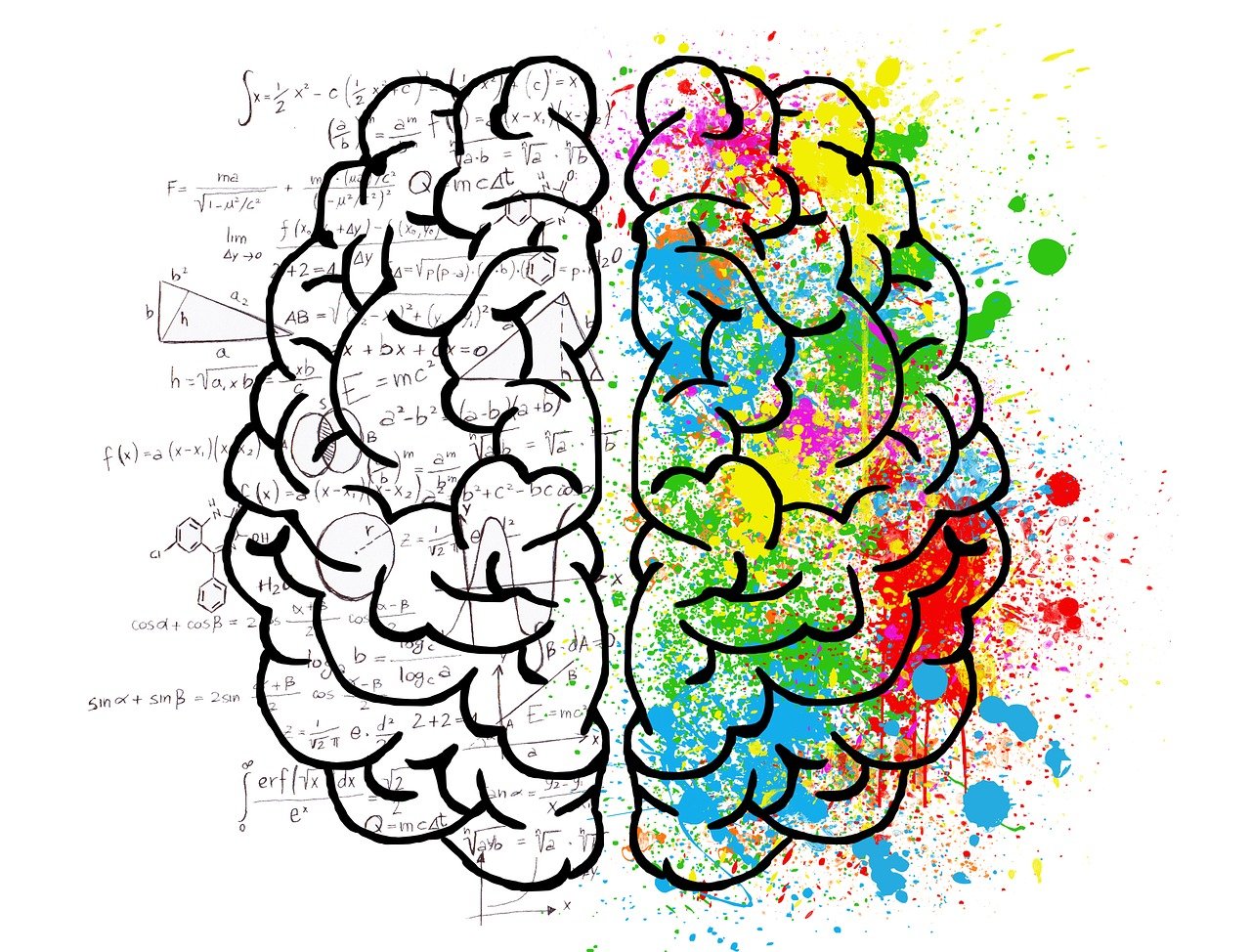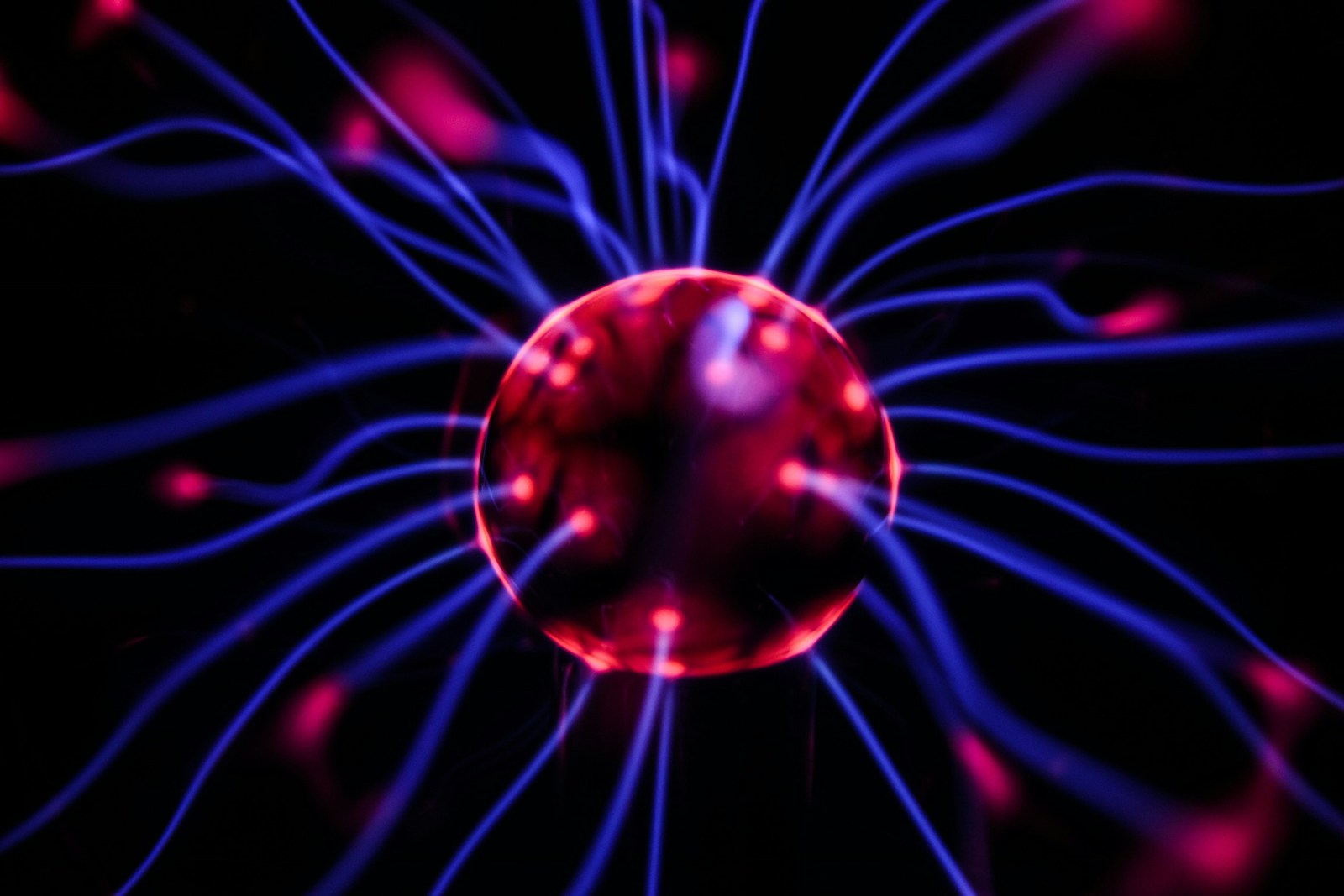FTC disclaimer: This post may contains affiliate links and we will be compensated if you click on a link and make a purchase.
Delving into the labyrinth of rare genetic disorders, adrenoleukodystrophy (ALD) emerges as a particularly complex condition that targets the body’s nervous system and adrenal glands.
This disorder is a thief in the night, silently causing damage to the myelin sheath, the protective layer that insulates nerve cells, leading to a cascade of neurological and endocrine symptoms.
With the potential to affect individuals of all ages, ALD’s rarity and complexity underscore the importance of amplifying awareness and understanding.
This article endeavors to unravel the enigma of ALD by examining its symptoms, genetic underpinnings, diagnostic pathways, and the current landscape of treatment options.
By shedding light on this condition, we aim to provide a beacon of knowledge for patients, caregivers, and healthcare professionals navigating the challenges posed by ALD.
Through the lens of expert insight and scientific literature, we will explore how this disorder insidiously accumulates a very long chain of fatty acids, disrupting the delicate balance between the brain and body.
Join us as we dissect the inheritance patterns of ALD, the symptomatic spectrum from childhood to adulthood, and the ongoing quest for innovative treatments and prognostic biomarkers.
What is ALD?
Adrenoleukodystrophy (ALD) is a rare genetic disorder characterized by the breakdown or absence of the myelin sheath surrounding nerve cells.
This condition predominantly impacts males due to its X-linked inheritance pattern. At the cellular level, a mutation in the ABCD1 gene hinders the production of adrenoleukodystrophy protein (ALDP), which is crucial for the transport of very long-chain fatty acids (VLCFAs) into peroxisomes where they are broken down.
Without functional ALDP, these fatty acids accumulate in the brain and adrenal gland, leading to the inflammatory damage of the myelin sheath.
The resultant demyelination disrupts nerve signal transmission, which manifests in a spectrum of neurological symptoms such as vision loss, learning difficulties, and motor function impairment.
Understanding the pathogenic role of VLCFA accumulation in ALD is critical for grasping how this genetic anomaly translates into the diverse clinical presentations observed in affected individuals.
Symptoms of ALD
Adrenoleukodystrophy (ALD) is a condition that primarily attacks the nervous system, leading to a variety of neurological symptoms. Individuals with ALD may experience muscle weakness and spasms, which can progress to more severe complications such as difficulty walking and talking.
Furthermore, vision and hearing problems are common, often disrupting daily life and development, particularly in children with the cerebral form of the disease.
The adrenal gland function is also compromised, manifesting in symptoms like weight loss, fatigue, and hormonal imbalances. These symptoms are due to the adrenal glands’ inability to produce adequate levels of certain hormones, which are crucial for maintaining balance within the body.
In addition to these physical symptoms, ALD can have profound neurological impacts. The childhood cerebral form of ALD is especially severe, often leading to behavioral and psychiatric problems, ranging from aggression and withdrawal to poor memory and school performance.
As the disease progresses, affected individuals may face increasing challenges with communication and coordination, sometimes culminating in a vegetative state or premature death if left untreated.
For a comprehensive understanding of these symptoms, Boston Children’s Hospital and MedlinePlus offer detailed insights into the condition.
Diagnosis of ALD
Diagnosing Adrenoleukodystrophy (ALD) is a multifaceted process, integrating clinical evaluation with a suite of specialized tests.
Genetic testing is pivotal, as it can detect mutations in the ABCD1 gene responsible for ALD, though such testing is generally available only through specialized laboratories.
Additionally, blood tests are employed to measure elevated levels of very long-chain fatty acids (VLCFAs), a hallmark of ALD. However, not all carriers exhibit abnormal VLCFA levels, necessitating genetic confirmation.
Brain imaging, notably magnetic resonance imaging (MRI), is utilized to observe the brain’s white matter for signs of damage, providing visual evidence of the condition’s impact.
Early diagnosis is critical, particularly in childhood cerebral ALD, where therapeutic interventions like stem cell transplantation or gene therapy may halt disease progression if initiated promptly.
Newborn screening for ALD, which is available in a growing number of states, offers a potential for early detection and improved outcomes.
Nevertheless, diagnosing ALD presents challenges due to symptom variability and the complexity of interpreting test results.
This underscores the need for a comprehensive approach and the importance of specialists in managing the condition.
For more information on diagnostic methods and the nuances of ALD, visit the National Organization for Rare Disorders.
Treatment Options for ALD
Treatment strategies for adrenoleukodystrophy (ALD) are tailored to individual needs, focusing on slowing disease progression and managing symptoms.
Hematopoietic stem cell transplant (HSCT) is a cornerstone therapy for children with early cerebral ALD, with the potential to halt disease progression by introducing healthy ABCD1 gene-carrying blood stem cells.
However, risks such as graft-versus-host disease (GVHD) and the necessity of immunosuppressive drugs must be weighed.
Gene therapy, including the FDA-approved Skysona, offers promise by using the patient’s own stem cells, modified to correct the genetic defect.
Early intervention with gene therapy has been shown to prevent or minimize brain damage and disability, although risks like myelodysplastic syndrome and chemotherapy-related complications are present.
Medications and therapies such as corticosteroid replacement and physical and occupational therapy address adrenal insufficiency and improve functional abilities.
Continuous evaluation and monitoring through MRIs and blood tests are vital in personalizing treatment plans for those with ALD.
Impact on Patients and Families
Adrenoleukodystrophy (ALD) casts a long shadow over the lives of those it touches, with its impact rippling through every aspect of family life.
The emotional toll is profound as families navigate a roller coaster of hope and uncertainty, often exacerbated by a lack of clear information and support.
Physically, the burden of care for individuals with ALD can be immense, with symptom management demanding relentless attention and specialized medical interventions.
Financially, the costs associated with ALD can quickly become a tidal wave, submerging families in medical bills and often necessitating a significant reduction in or a complete departure from work to provide care.
In the midst of these challenges, the importance of robust support systems cannot be overstated. Access to comprehensive adrenal centers that offer specialized care and a multidisciplinary approach is crucial for managing ALD.
These centers not only provide medical treatment but also act as a lighthouse, guiding families to essential resources and community support to help weather the storm.
Ongoing Research and Advancements
Adrenoleukodystrophy (ALD) research is evolving, with recent trials sparking hope for those affected by this challenging condition.
The ADVANCE trial demonstrated the potential of Leriglitazone to engage PPARg receptors, indicating a positive step forward in treatment.
Additionally, gene therapy is emerging as a promising avenue, particularly through the use of autologous transplantation, where patients’ own stem cells are corrected and reimplanted, reducing the risks associated with donor cells.
Encouraging results from clinical trials, such as those conducted in France, show that gene therapy holds the potential to halt or even reverse the disease’s progression in its early stages.
While hematopoietic stem cell transplant (HSCT) remains a cornerstone for early cerebral ALD, it does not address neurological changes post-onset.
This underscores the importance of ongoing research to bridge knowledge gaps and improve outcomes. The ALD community eagerly anticipates advancements that could transform the diagnosis, management, and treatment of ALD, as seen through the lens of active clinical studies and trials.
Conclusion
Throughout this exploration of adrenoleukodystrophy (ALD), we’ve delved into the labyrinth of symptoms and causes associated with this genetic condition, as well as the critical pathways for diagnosis and treatment.
ALD, characterized by high levels of very long-chain fatty acids (VLCFAs) and progressive neurological decline, demands early detection for effective intervention.
The importance of timely and accurate diagnosis cannot be overstressed, as it opens the door to potential treatments such as stem cell transplantation or emerging gene therapy, which may slow or halt disease progression if administered at the onset of neurological symptoms.
As ALD presents a complex medical challenge, personalized care strategies are paramount. Patients and their families must seek guidance and support from reputable medical institutions.
Johns Hopkins Medicine and Mount Sinai’s ALD Program stand as beacons of hope, offering cutting-edge resources and compassionate expertise for those navigating this condition.
In the journey to manage ALD, arming oneself with reliable information and expert medical consultation is the compass that guides one toward optimum health outcomes.









